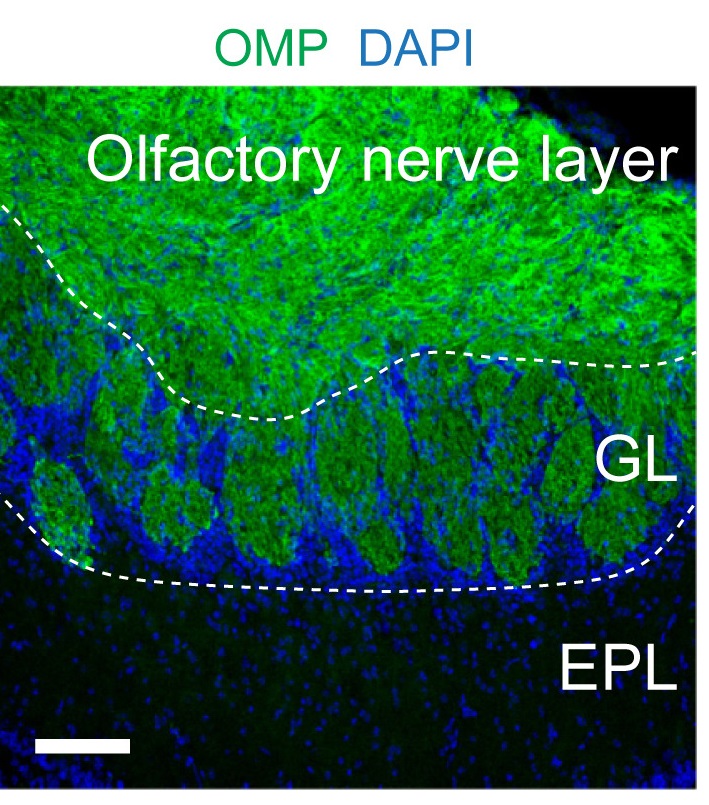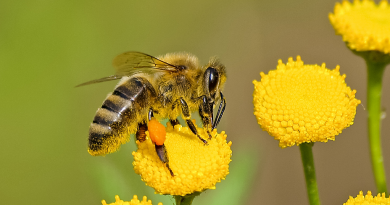Image of the Month: Neurogenesis in the adult mouse brain

In most adult mammals, only two regions of the brain, the hippocampus and the olfactory bulb, have been shown to integrate new neurons into existing brain circuits. In this study published in Cell Reports, Dr. Benjamin R. Arenkiel and his colleagues applied a relatively new technology, single cell RNA sequencing, to identify novel cellular subtypes in the adult mouse olfactory bulb.
“In addition to identifying key players and providing crucial mechanistic insights into adult neurogenesis in the olfactory bulb, we think this study has a broader impact because other researchers can now use this approach to identify and tease out the function of new neuronal circuits in other parts of the adult mammalian brain,” Arenkiel said.
Read all about this study in From the Labs.
Arenkiel’s lab focuses on studying the basic genetic, molecular and cellular mechanisms that guide the formation, function and maintenance of neural circuits in the mammalian brain. In the mouse model, they combine genetic engineering, viral mapping, optical imaging and electrophysiological recording techniques to uncover how neurons work.
The long-term objective of the Arenkiel Lab is to gain knowledge towards repairing or replacing damaged or diseased nervous tissue.

Dr. Benjamin R. Arenkiel, associate professor of molecular and human genetics and neuroscience at Baylor College of Medicine and investigator at the Jan and Dan Duncan Neurological Research Institute at Texas Children’s Hospital.



